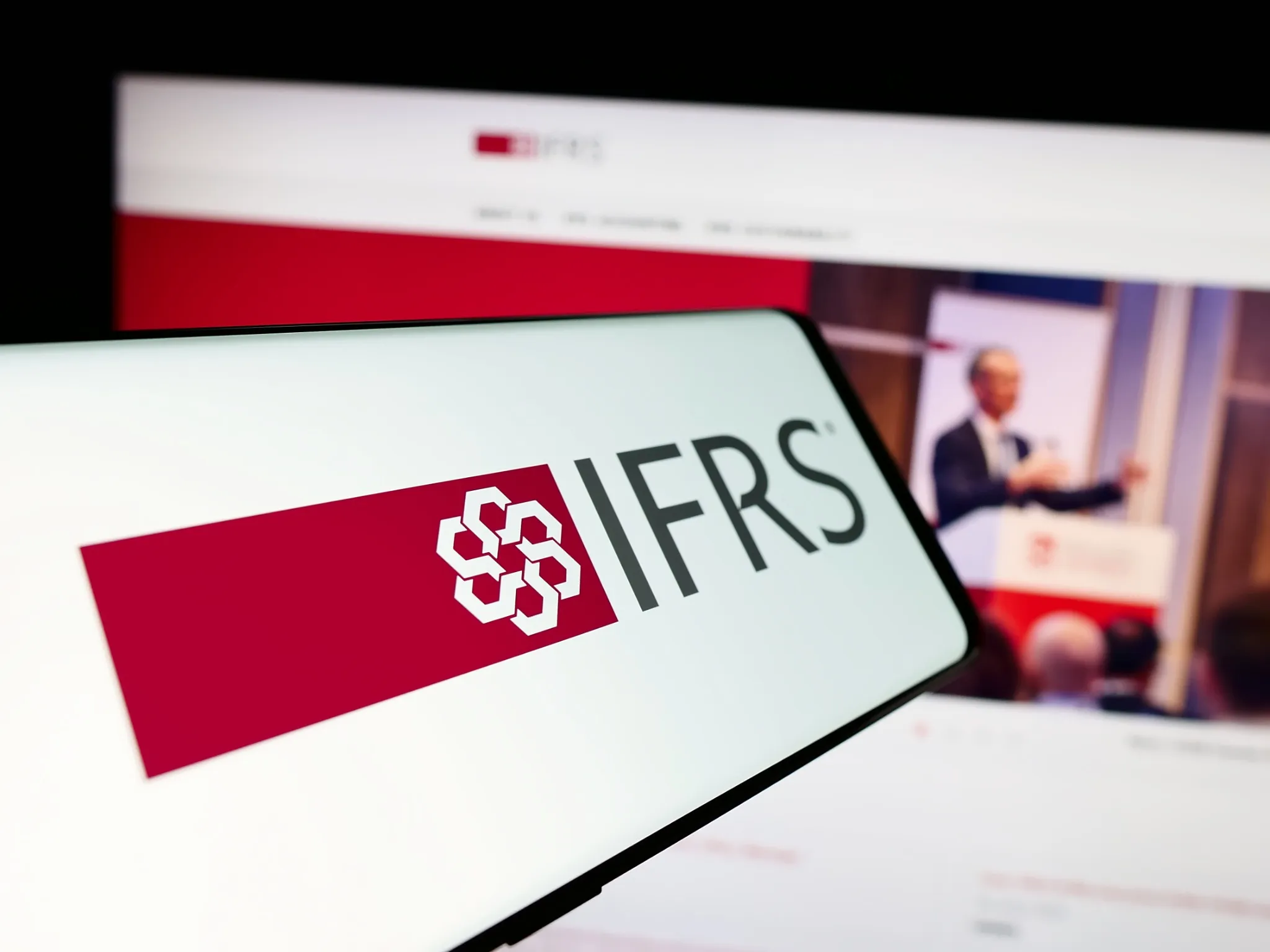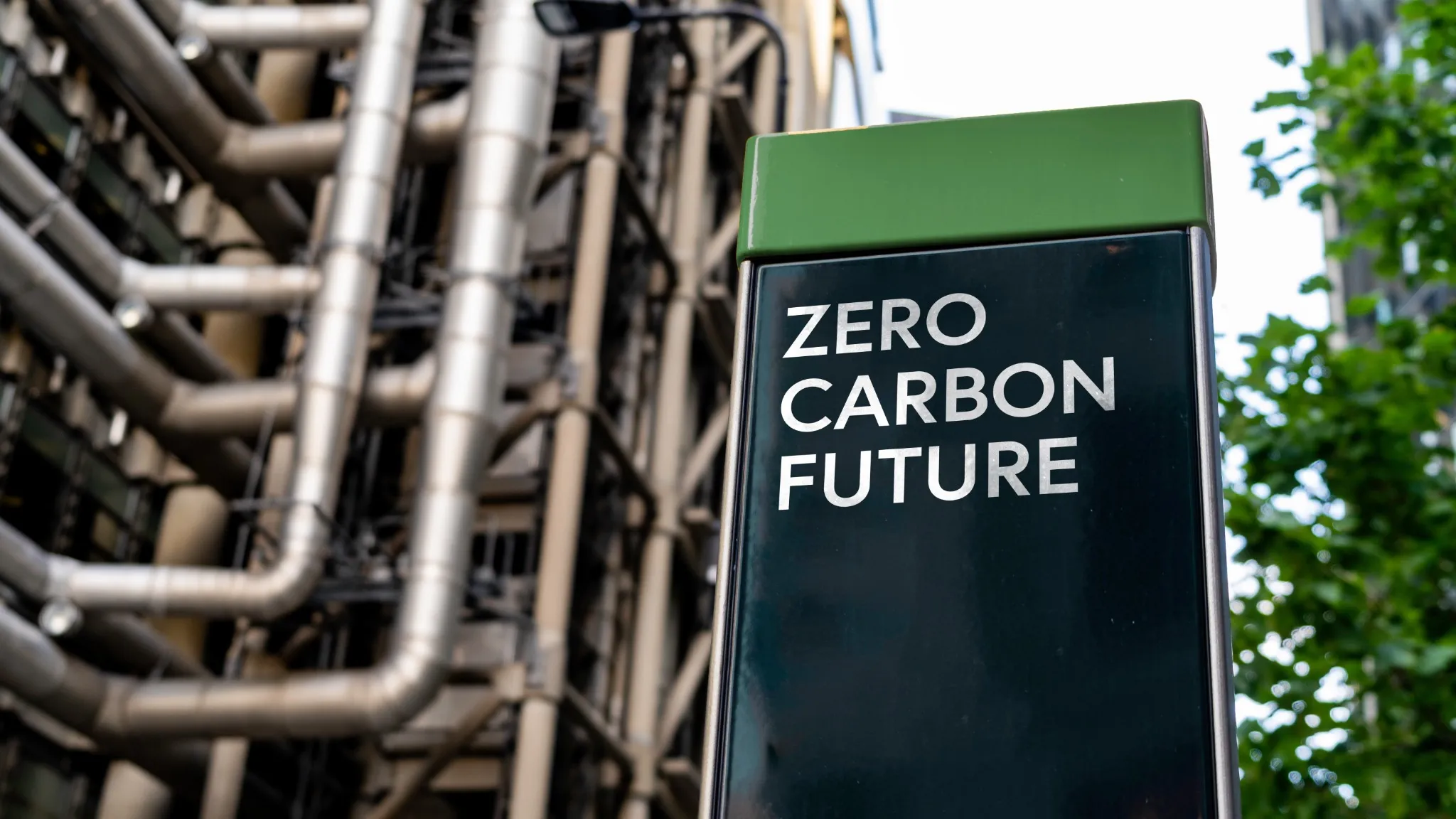
SustainabilityConnect
Newsletter April 2025

The International Financial Reporting Standards (IFRS) Foundation has launched a Roadmap Development Tool to support jurisdictions in adopting the International Sustainability Standards Board (ISSB) Standards. This tool offers a structured framework to help policymakers integrate sustainability disclosure requirements into national reporting systems, aiming to establish a consistent and comparable global foundation for sustainability reporting.
The IFRS Foundation stated that the launch of the tool marks a significant step in its mission to support effective and efficient capital markets. It equips regulators with the necessary resources to make well-informed decisions on how to adopt or apply ISSB Standards. The tool is also positioned as a central resource for implementation partners working with jurisdictions to advance their sustainability reporting plans. The organization highlighted its commitment to continued collaboration with regulators and partners, emphasizing the long-term impact this tool is expected to have.
Jurisdictions using the tool can make informed decisions across four key areas. These include selecting the appropriate regulatory process for adoption, determining which entities will be subject to reporting requirements, defining the specific content to be disclosed, and setting effective timelines for implementation. The tool also supports considerations around readiness, including whether requirements should be phased in or scaled. More than 30 jurisdictions, representing over half of the global economy, are progressing toward using ISSB Standards. Countries such as China, Brazil, Australia and members of the European Union have already taken active steps in this direction.

Updapt Views:
The tool will help companies align with global expectations, reducing fragmentation and enhancing credibility with investors. It encourages strategic integration of sustainability into core operations, fostering long-term resilience. By anticipating regulatory trends, companies can move from reactive compliance to proactive leadership, positioning themselves competitively in a rapidly shifting global landscape.

The European Commission has unveiled a comprehensive Action Plan to accelerate the decarbonization and competitiveness of the steel and metals industry—an essential move as the sector contributes about 7% of global CO₂ emissions. The strategy centers on five pillars: cutting energy costs, promoting low-carbon technologies, enhancing circularity, shielding against unfair global competition, and de-risking industrial investment. A €100 billion investment is in sight through the upcoming Industrial Decarbonisation Bank, with a €1 billion pilot auction already planned for 2025.
Steel remains a strategic asset in Europe, supplying critical sectors like automotive, defence, and clean tech. However, global overcapacity, energy price volatility, and carbon leakage pose serious threats. The EU aims to bolster industrial sovereignty by tightening trade defense measures and introducing origin-tracing rules for metal goods. The plan also proposes recycling targets and incentives to expand use of low-carbon hydrogen and scrap-based production, aiming to reduce reliance on blast furnaces.
The Commission is aligning funding streams through Horizon Europe, the Innovation Fund, and the Clean Steel Partnership, driving development of hydrogen-based technologies, digital twins for process optimization, and advanced scrap valorization techniques. With €750 million earmarked through 2027 for R&D alone, the EU is positioning itself as a frontrunner in green steel innovation and industrial climate transition.

Updapt Views:
The European Steel and Metals Action Plan reduces cost pressures through energy tax flexibility and improved grid access, while incentivising low-carbon and hydrogen-based technologies. It establishes lead markets via green public procurement and enforces circularity with recycled content targets. These targeted interventions enhance industrial competitiveness, de-risk capital investments, and secure critical value chains across defence, clean tech, and manufacturing sectors.

The Science Based Targets initiative has released a draft of its updated Corporate Net Zero Standard for public consultation. This revision aims to accelerate corporate decarbonization by addressing key challenges, including scope 3 emissions which are often the most significant hurdle for businesses. The draft introduces flexible options such as setting targets for green procurement and revenue generation, focusing on direct suppliers and emissions intensive sectors to enhance impact.
The proposed standard emphasizes direct emissions reductions while exploring incentives to scale climate finance and carbon removals. It suggests setting carbon removal targets and allows companies to set their own targets or use a combination of reductions and removals for residual emissions. This approach acknowledges the necessity of carbon removals for addressing hard to abate emissions, incorporating considerations for the durability and emissions intensity of the technologies used.
Additionally, the draft standard proposes simplified requirements for medium sized companies in developing markets and small enterprises, offering streamlined processes that reflect their capabilities and resources. To ensure a smooth transition from the existing standard, the Science Based Targets initiative plans to develop a comprehensive pathway, encouraging companies to continue setting targets during the revision process. The public consultation is open until June 1, inviting stakeholders to contribute feedback to refine the standard effectively.

Updapt Views:
Companies must embed sustainability into core strategies by reimagining value chains, integrating regenerative business models, and leveraging technology for predictive carbon management. The Science Based Targets initiative's updated Net-Zero Standard encourages businesses to set flexible yet ambitious climate targets, particularly for scope 3 emissions, which require systemic transformation. Shifting from compliance-driven actions to proactive climate leadership, companies should foster ecosystem-wide collaborations, embed circular economy principles, and innovate financial mechanisms that align profitability with long-term environmental resilience.

Australia has formalised its approach to climate-related financial disclosure with the release of Regulatory Guide 280, published by the Australian Securities and Investments Commission (ASIC). Beginning in 2025, sustainability reporting will become mandatory for large and medium-sized companies that meet certain thresholds under the Corporations Act. The reports must comply with the Australian Accounting Standards Board’s AASB S2, which is based on the International Sustainability Standards Board’s IFRS S2 framework. Required disclosures include material climate-related financial risks and opportunities, climate scenario analysis, transition plans, and Scope 3 greenhouse gas emissions. Each report must also include a director’s declaration confirming reasonable efforts to ensure compliance.
The rollout will occur in three phases based on company size. The first group includes entities with over 500 employees, at least one billion dollars in assets, or five hundred million dollars in revenue. Over the following two years, thresholds will lower to include smaller companies, with the third phase capturing those with just one hundred employees or fifty million dollars in revenue. Entities must also maintain detailed sustainability records for at least seven years. These records should support all disclosures made in the report and include evidence such as internal documentation, board meeting minutes, third-party analyses, and greenhouse gas inventories. The reports must contain climate statements, explanatory notes, and be lodged within three or four months of the end of the financial year, depending on the entity’s classification. Forward-looking statements, Scope 3 emissions, and scenario analyses will have limited liability protections during the initial implementation years. This ensures companies can develop reporting capabilities without facing immediate legal exposure for complex or evolving data points.
ASIC has confirmed it will take a measured approach to enforcement, prioritising egregious or misleading disclosures while allowing time for entities to improve practices and build internal systems. This marks a significant shift in Australia’s corporate landscape and signals a clear move toward more transparent, accountable sustainability practices.

Updapt Views:
To adhere effectively to ASIC’s Regulatory Guide 280 and AASB S2 standards, companies should integrate climate risk into enterprise risk management frameworks, invest in systems to capture Scope 3 emissions, and align internal reporting processes with AASB S2 requirements. Establishing cross-functional ESG committees, running climate scenario analyses, and securing third-party assurance will help ensure compliance and build investor confidence.

CDP and EFRAG have released a correspondence mapping between CDP’s climate disclosure questionnaire and the European Sustainability Reporting Standards (ESRS E1). The document highlights areas of strong alignment, including Scope 1, 2, and 3 emissions, climate transition planning, internal carbon pricing, and climate-related targets. This effort is designed to help companies meet both voluntary and regulatory reporting requirements more efficiently.
The mapping serves as a practical reference for organizations preparing for compliance with the EU’s Corporate Sustainability Reporting Directive (CSRD). It enables companies to streamline their reporting processes by identifying overlaps in data requirements, thereby improving efficiency and reducing duplication. The tool also helps integrate climate-related data more consistently across different frameworks, improving the reliability of disclosures for investors and regulators.
In addition to simplifying corporate reporting, the collaboration supports a broader push for global alignment across sustainability standards. As regulatory expectations increase, such cooperation helps organizations better manage climate-related risks and improve transparency for investors, regulators, and other stakeholders.

Updapt Views:
The correspondence mapping reinforces the role of climate-related disclosures in capital markets and regulatory decision-making. With CDP widely used by over 23,000 companies globally and ESRS set to become mandatory under CSRD for thousands of European firms, the mapping encourages convergence at scale. By highlighting commonalities between voluntary and mandatory frameworks, the mapping supports companies in adopting a unified approach to sustainability reporting. It can also reduce the cost and complexity of compliance, especially for multinational companies reporting across multiple jurisdictions.
Subscribe and get the latest ESG updates sent to your inbox.
We promise not to use your email for spam!


